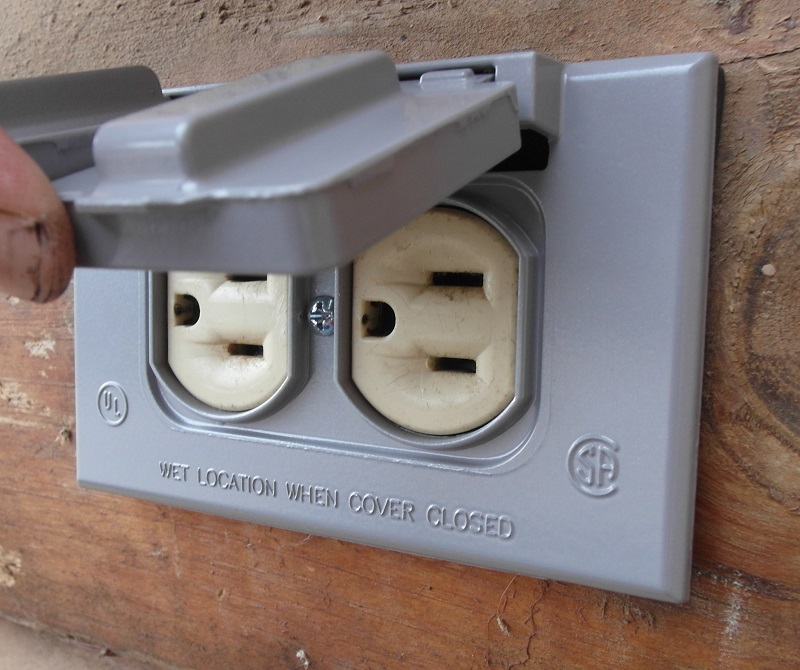I have looked into several ways to wire up a second battery and kind of hit brick walls everywhere I turned...too expensive, too complex, etc. What I really wanted was a way to isolate my camper shell from the truck battery so that I wouldn't drain the truck battery but still be able to charge it via 12v DC or 120 AC. I was looking at $200-$300 for any solution that I could find.
Then I saw one of these at REI one day.
Goal Zero Yeti 400 Portable Power Station | Power Packs | Goal Zero While pretty expensive, it was exactly what I was looking for. Kept researching them and while kind of neat, solar doesn't really buy me a whole lot. The panels really need over 24 hours to charge the battery which means you would not be able to keep up only on solar but you could stretch an extra day or two out of it with a solar panel. But it would do everything I wanted and would really last as long as I wanted plus it was self contained and could easily be removed.
Then I checked Amazon and found this: [ame]https://www.amazon.com/Portable-Station-Generator-Flashlights-Emergency/dp/B076PR4TBZ/ref=sr_1_13?ie=UTF8&qid=1517344089&sr=8-13&keywords=suaoki[/ame]
It was on flash sale at Amazon for $99 so I grabbed it. Pretty sure it will do all I will need (phone and camera battery charging, few LED lights, airbed pump.). If it doesn't meet my needs for AmpHours, Suaoki does make a 220W and a 440W unit that I could upgrade to later or you could run a fridge off of.
I know this doesn't solve big issues like power draw for winches, compressors, etc. where a second battery or bigger alternator do help but for 99% of what I want to do with a second battery this guy serves my needs








